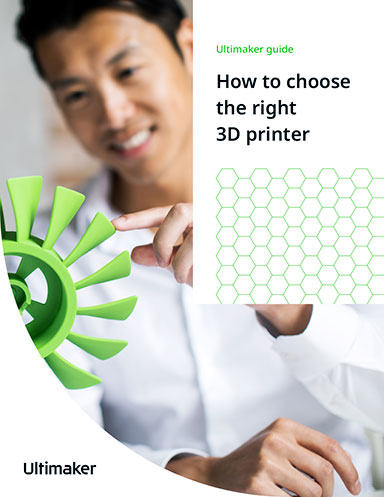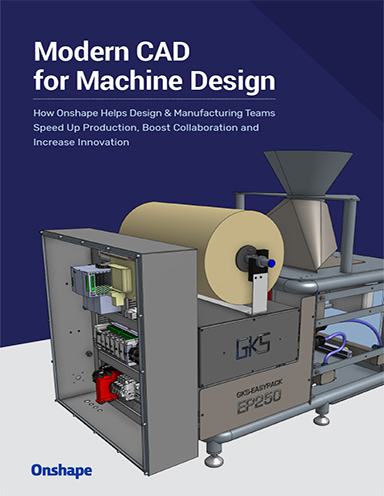Optimism at AMUG 2022
People want to see the hardware in action and (more importantly) make connections with potential vendors, partners and customers.
Latest News
May 16, 2022
At the recent Additive Manufacturing Users Group (AMUG) 2022 meeting, I made a few key observations. First, it is clear that a lot of folks have been champing at the bit to get back to in-person events. This was not surprising at a show focused on 3D printing, and I saw the same thing at the last RAPID event in 2021. People want to see the hardware in action and (more importantly) make connections with potential vendors, partners and customers.

I also observed a much more realistic reckoning with the potential and limitations of additive technology. One representative from a company in the medical field told me that she was excited about the potential of additive in their industry, but that some regulatory hurdles would be difficult to overcome, and also that injection molding was still more cost effective for most of their end-use products.
That said, they were already successfully using additive for prototyping, and thought more end product applications had potential in the future. In the meantime, she had seen a software product that was touted as a way to improve print quality that she believed could improve their existing injection molding operations.
That last bit surprised me, but it shouldn’t have. Like generative design technology, a lot of the software-based tools aimed at improving 3D print outcomes could have just as much utility improving other processes. Additive is not the only manufacturing technique that is subject to deformation, cracking, or tolerance issues, after all.
It also reflects the growing awareness that additive manufacturing is not really an either/or proposition. In many applications, additive will be one piece of a manufacturing puzzle that includes multiple manufacturing processes, and even multiple types of 3D printing processes.
While the overall mood of the show was upbeat, the Russian invasion of Ukraine did hang over part of the proceedings. AMUG international committee chair Stefan Ritt noted, “I am from Germany, and where I live is about two minutes flight time for a cruise missile. That is what Europe lives through at the moment.”
In addition, the conflict threatens global economic and political stability, in addition to the horrible toll in human life.
Additive may play a role in the humanitarian response to the war, and in rebuilding Ukraine. Ritt ended that portion of his presentation on a more hopeful note: “I believe there will be better times, and additive manufacturing can be a help.”
Let us all hope that is he correct.
Subscribe to our FREE magazine, FREE email newsletters or both!
Latest News
About the Author
Brian Albright is the editorial director of Digital Engineering. Contact him at [email protected].
Follow DE





